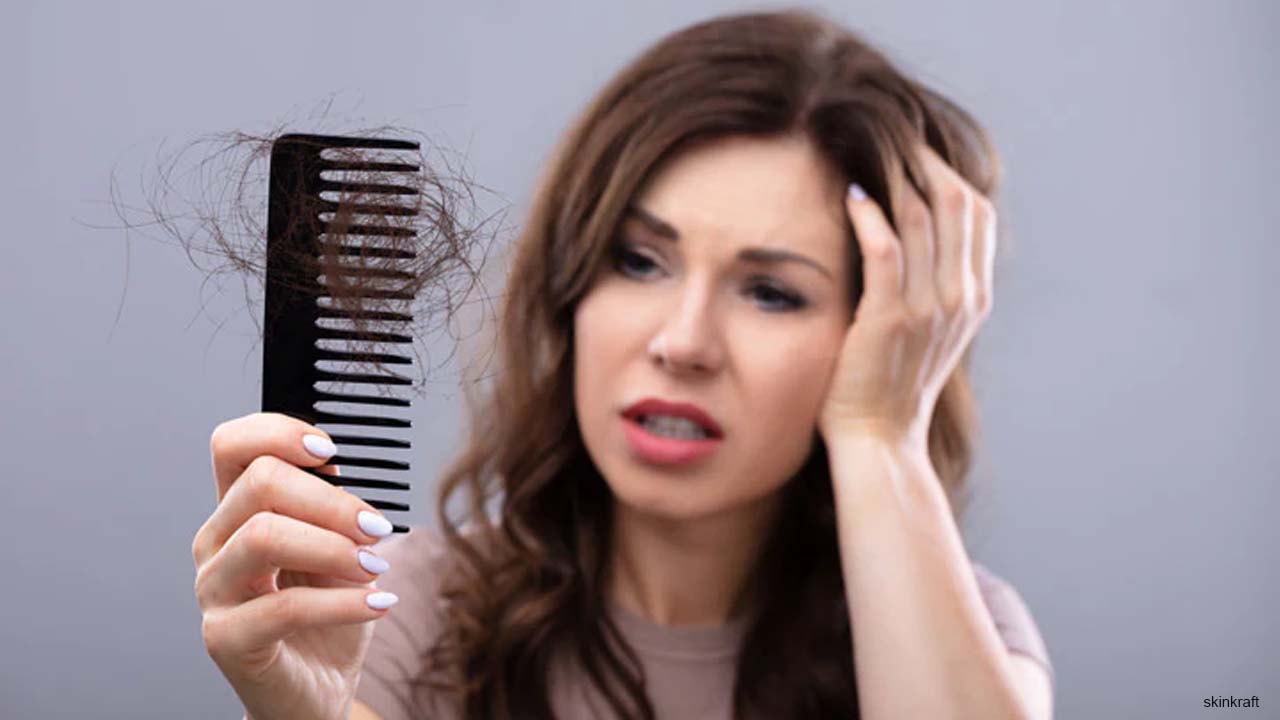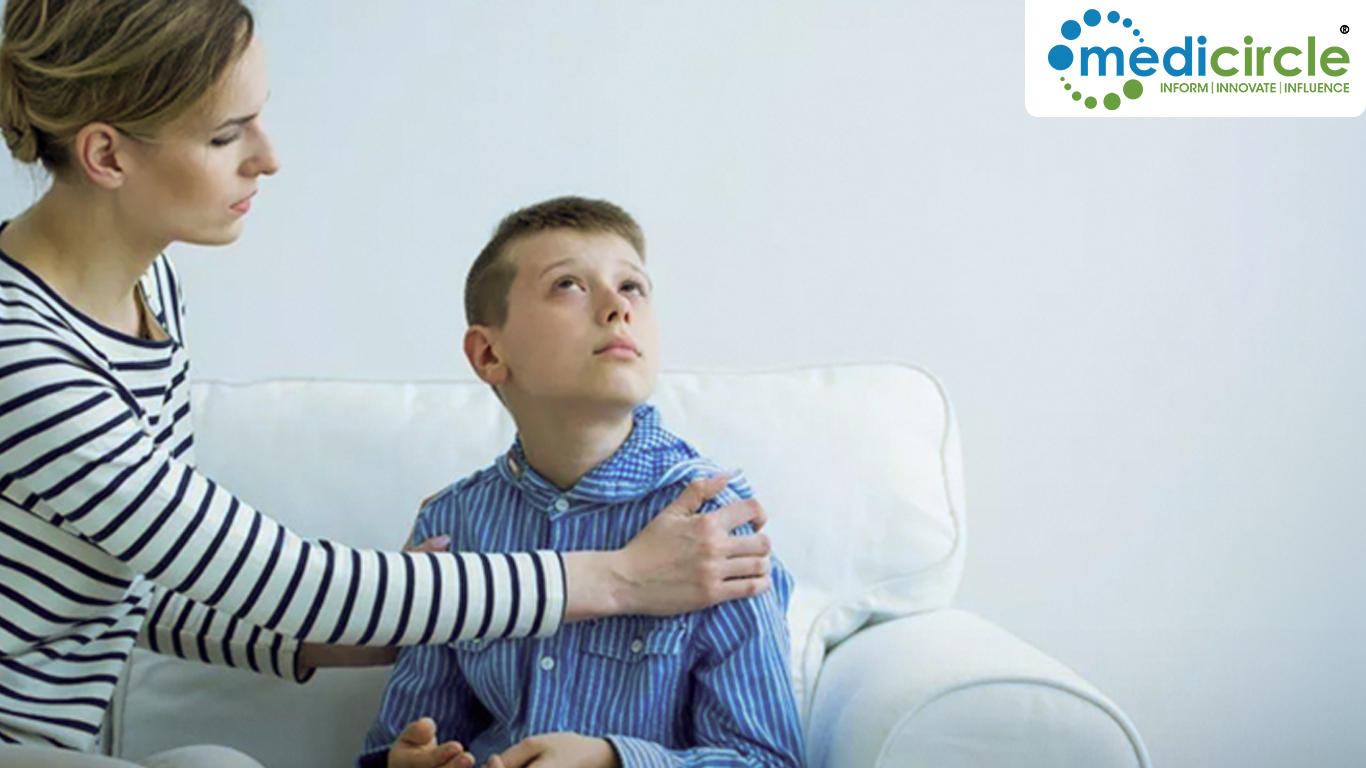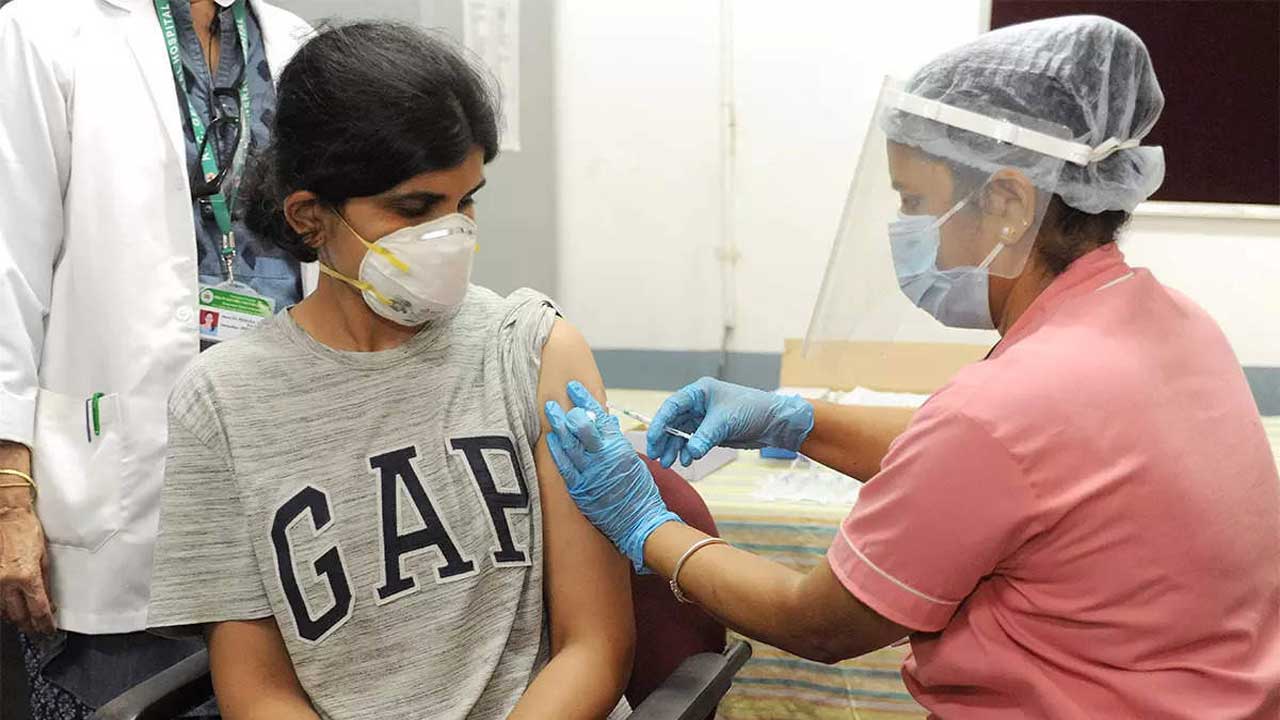Menopausal hair thinning is a common problem in women especially seen in the elderly age group. If you ever wondered why you are having too much hair loss with a receding hairline, well, it's time to rethink because it's the hormonal blame game. Hair thinning can cause major hair loss issues due to hormonal fluctuations.
Incidence of hair loss in menopausal women
About 80% of women will have some element of hair loss at the age of 50 + and by the age of 60+, this percentage may go up to 95% as well. We all know that balding can happen to men in midlife but we don't talk about it much when it comes to women. In women, it usually impacts in a different way, affecting their mental condition and confidence levels. Men can still shave their heads completely while in women this turns out to be a cause of concern and a bigger deal.
The good news for hair loss in menopausal women
The good news is that science is advanced now and hair loss can be taken care of in women with early detection before menopause hits. There are simple fixes for hair loss but we should not ignore and neglect the underlying condition. Here are simple fixes for hair loss-
- Paraben free products
- Sulfate-free products
- Nourishing hair with vitalizing serums
- PRP therapies with nutrient injections
- Mesotherapy
- Natural alternatives like Ayurveda and homeopathy
- Nutritional supplements for hair
What is female pattern hair loss?
Female pattern hair loss is also called androgenetic alopecia or female pattern hair loss. Hair follicles shrink and cause the hair to be thinner and finer with a decreased overall density of hair. The shrinking of hair follicles is mainly caused by the reduced female hormones and increased cortisol or stress hormones.
This also causes the hair growing phase to get overall shorter with fewer hair being active in the growing phase. Usually in female pattern hair loss, the frontal hairline stays about the same and there is the widening of the scalp. There might be receding hairline as well which may lead to hair thinning and reduced density of hair. There can also be central hair thinning especially at the top of the head or the scalp.
Finding the root cause of the problem is very essential to treat the underlying cause.

 Hair Loss and menopause go hand in hand. With aging, hair loss is a common issue. All the more, menopause with hormonal decline may contribute to hair loss as well. Let us check out the details
Hair Loss and menopause go hand in hand. With aging, hair loss is a common issue. All the more, menopause with hormonal decline may contribute to hair loss as well. Let us check out the details




.png)














.jpeg)



.jpg)




.jpg)





.jpeg)

.jpg)


